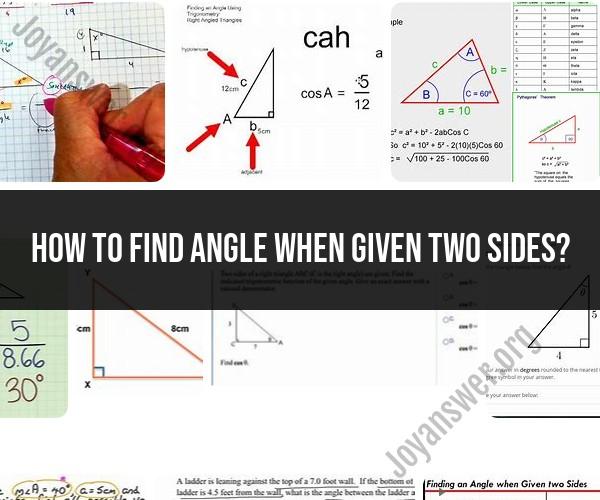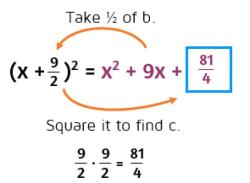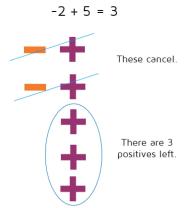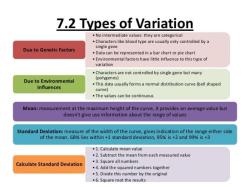How to find angle when given two sides?
To find an angle in a triangle when given two sides, you can use the Law of Cosines if you have the lengths of all three sides, or the Law of Sines if you have the lengths of two sides and the included angle. Here are the steps for both methods:
Method 1: Using the Law of Cosines (When You Have All Three Side Lengths):
Identify the Triangle: Determine the type of triangle you have. Is it a scalene triangle (all sides and angles are different), an isosceles triangle (two sides and angles are equal), or an equilateral triangle (all sides and angles are equal)?
Label the Triangle: Label the vertices of the triangle with letters (e.g., A, B, C) and the sides opposite those vertices with lowercase letters (e.g., a, b, c).
Use the Law of Cosines: The Law of Cosines relates the lengths of the sides of a triangle to the cosine of one of its angles. The formula is:
where:
- is the length of the side opposite angle ,
- and are the lengths of the other two sides,
- is the angle opposite side .
Solve for the Angle: Rearrange the Law of Cosines formula to solve for the angle you want to find. For example, if you want to find angle , you can use:
Then, use the inverse cosine function (cos⁻¹ or arccos) to find the value of .
Method 2: Using the Law of Sines (When You Have Two Sides and the Included Angle):
Label the Triangle: As in the previous method, label the vertices and sides of the triangle.
Use the Law of Sines: The Law of Sines relates the lengths of the sides of a triangle to the sines of their opposite angles. The formula is:
where:
- , , and are the side lengths opposite angles , , and ,
- , , and are the angles opposite sides , , and .
Solve for the Angle: If you have the lengths of two sides and the included angle, you can rearrange the Law of Sines formula to solve for the angle you want to find. For example, if you want to find angle , you can use:
Then, use the inverse sine function (sin⁻¹ or arcsin) to find the value of .
These methods allow you to find an angle in a triangle when you know the lengths of two sides and the relevant information about the triangle's type and angles.
Finding Angles with Given Sides: Trigonometry Methods
There are a few different trigonometry methods that can be used to find angles with given sides. Two of the most common methods are:
- Using the sine function (sin): The sine function is defined as the opposite side over the hypotenuse. Therefore, to find an angle using the sine function, you need to know the length of the opposite side and the length of the hypotenuse.
sin(θ) = opposite / hypotenuse
Once you have calculated the sine of the angle, you can use a trigonometric calculator to find the angle itself.
- Using the tangent function (tan): The tangent function is defined as the opposite side over the adjacent side. Therefore, to find an angle using the tangent function, you need to know the length of the opposite side and the length of the adjacent side.
tan(θ) = opposite / adjacent
Once you have calculated the tangent of the angle, you can use a trigonometric calculator to find the angle itself.
Trigonometric Angle Calculation: Working with Two Sides
To calculate an angle using trigonometry, you need to know the length of at least two sides of the triangle. If you know the length of the opposite side and the hypotenuse, you can use the sine function. If you know the length of the opposite side and the adjacent side, you can use the tangent function.
Here are some examples of how to use trigonometry to calculate angles:
- Example 1: Find the angle θ in the following triangle:
a
/ \
/ \
b c
We know the length of the opposite side (a) and the hypotenuse (c). We can use the sine function to find the angle θ:
sin(θ) = opposite / hypotenuse = a / c
θ = sin-1(a / c)
Once we have calculated the sine of the angle, we can use a trigonometric calculator to find the angle itself.
- Example 2: Find the angle θ in the following triangle:
a
/ \
/ \
b c
We know the length of the opposite side (a) and the adjacent side (b). We can use the tangent function to find the angle θ:
tan(θ) = opposite / adjacent = a / b
θ = tan-1(a / b)
Once we have calculated the tangent of the angle, we can use a trigonometric calculator to find the angle itself.
Angle Determination: Using Side Lengths as Clues
The side lengths of a triangle can also be used to determine the angles of the triangle. For example, if a triangle is right-angled, then the Pythagorean Theorem can be used to calculate the length of the missing side. Once the length of the missing side is known, the angles of the triangle can be calculated using the sine and tangent functions.
Another way to determine the angles of a triangle using side lengths is to use the Law of Sines or the Law of Cosines. The Law of Sines is used to calculate the angles of a triangle when two sides and one angle are known. The Law of Cosines is used to calculate the angles of a triangle when three sides are known.
By using the methods described above, you can find the angles of a triangle with given sides. Trigonometry is a powerful tool that can be used to solve a variety of geometric problems.













